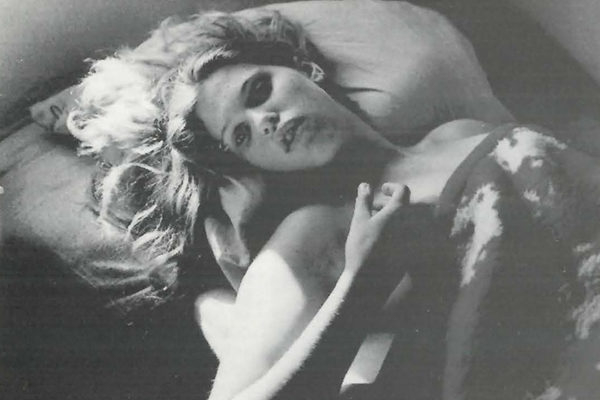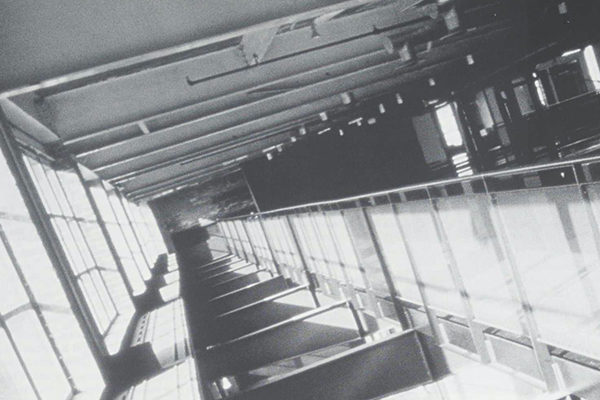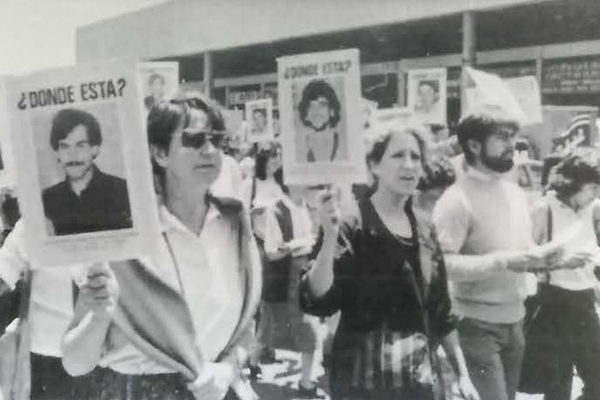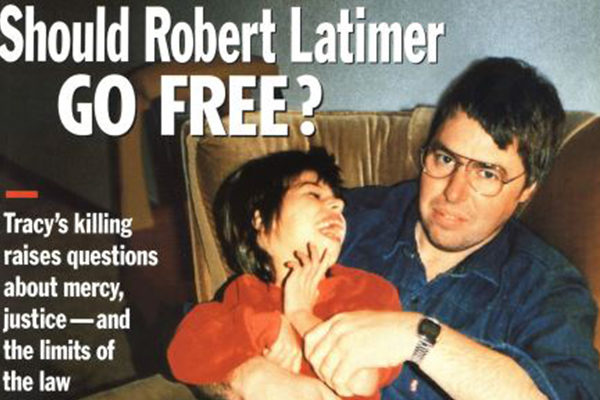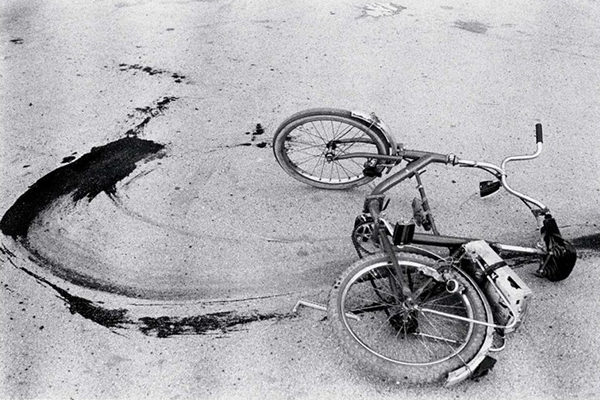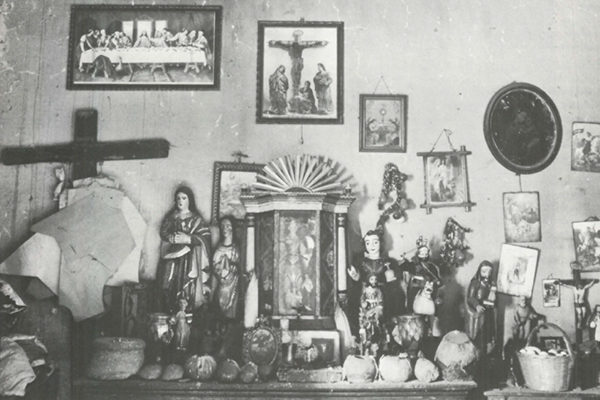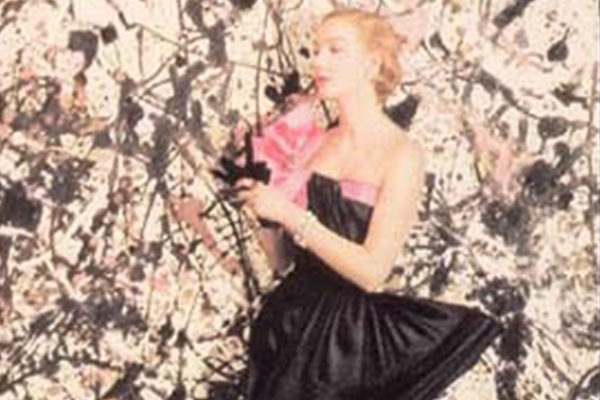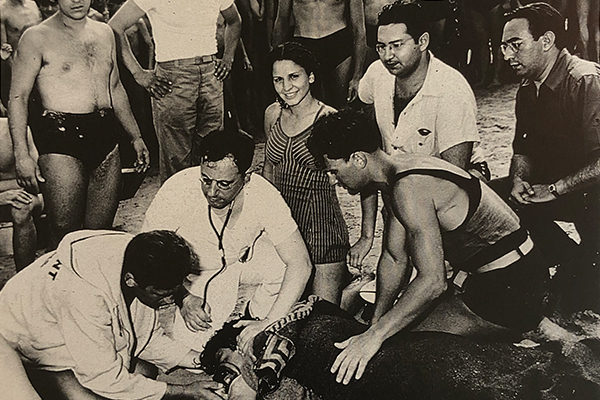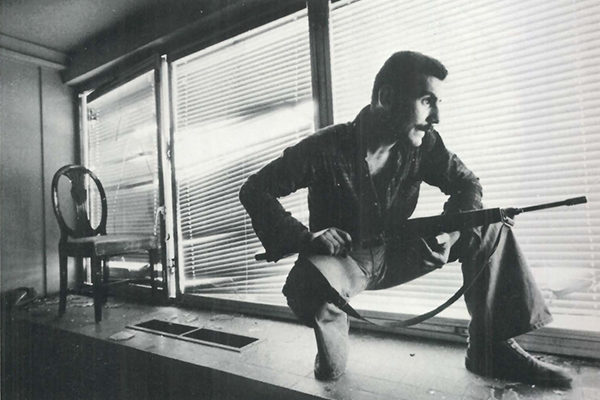Le Mois de la Photo à Montréal 1999 (2000)
While VOX has long been associated with the socially grounded photographic work of documentary, they have adopted for this occasion a more inclusive sense of documentary’s mis sion and its means. Instead of just the prosaic tone of “straight” photography, we have more lyricism, fiction, uncertainty, speculation and aestheticism.
